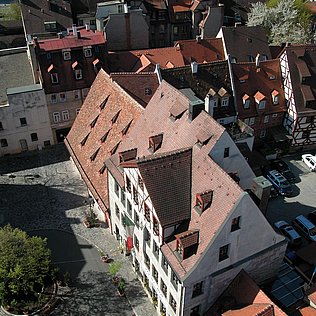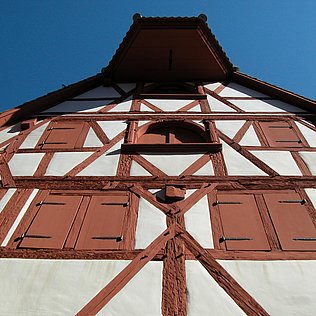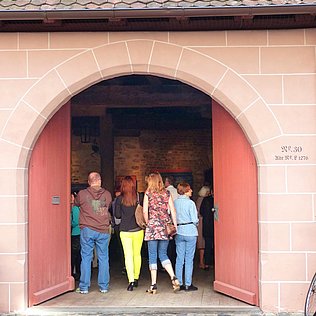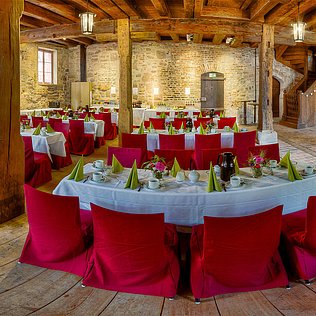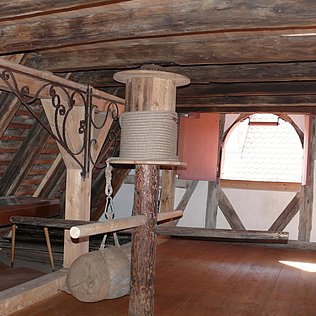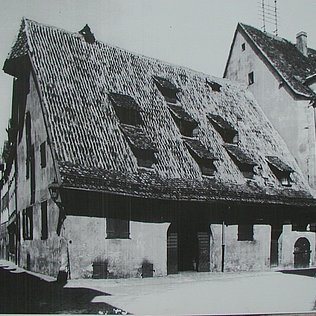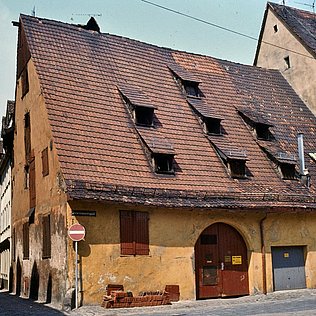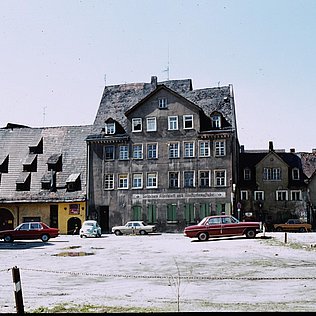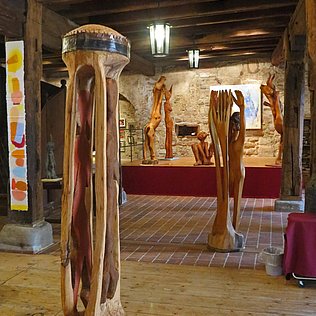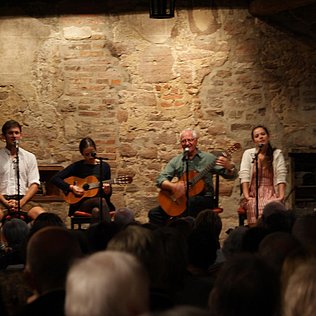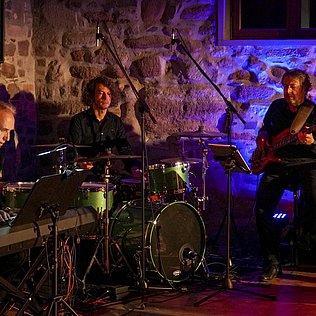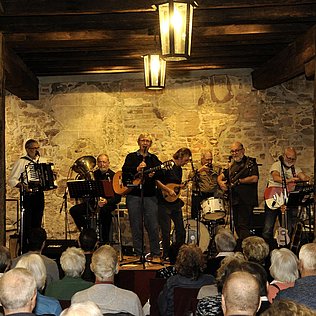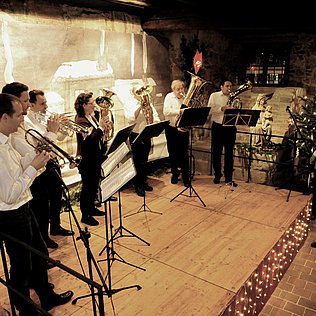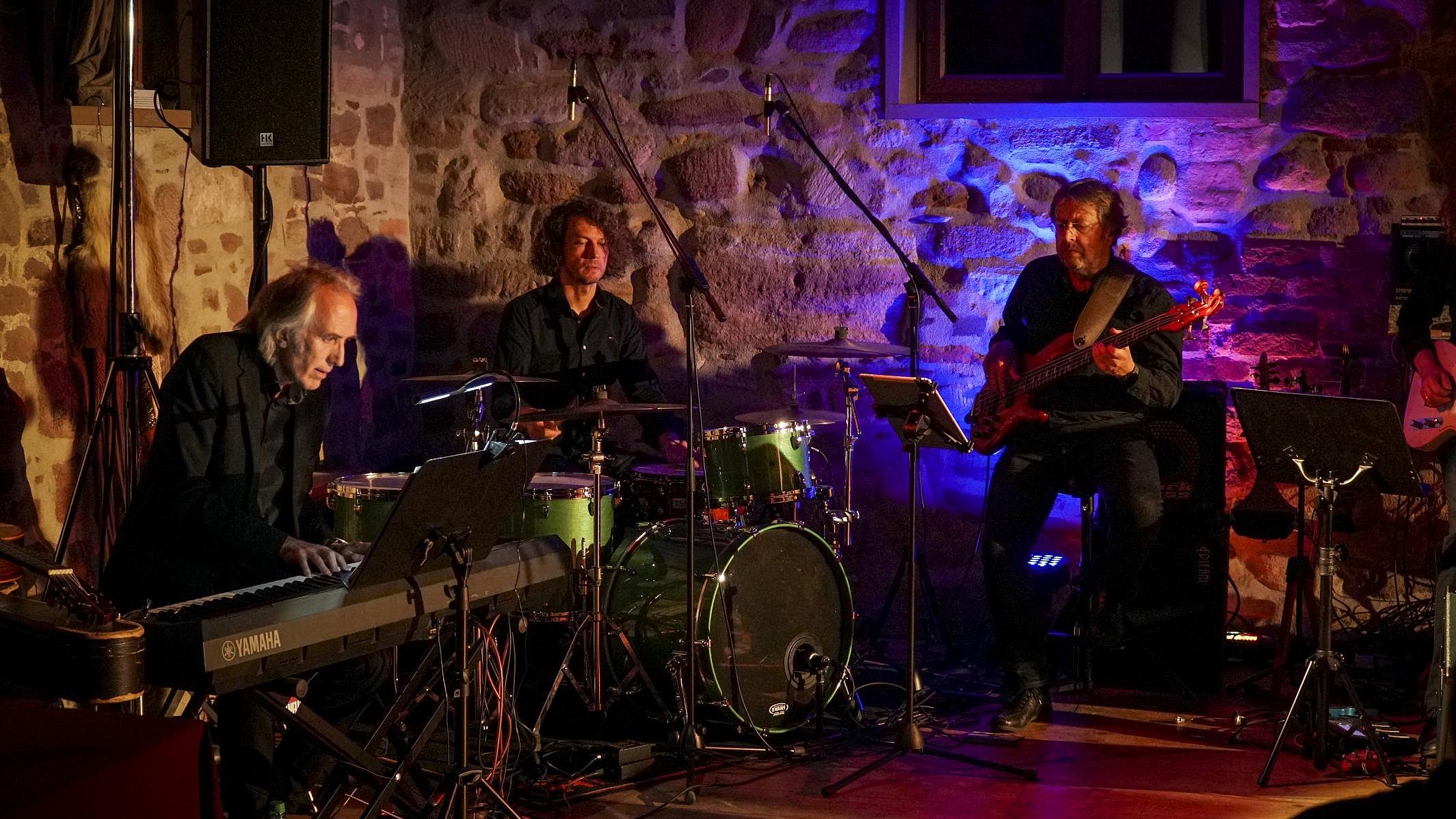
Culture Barn
A Long History
The properties at Zirkelschmiedsgasse 30 and Pfeifergasse 6 belonged to the Order of Teutonic Knights and are first mentioned in a document in 1419. It is a small farm with a garden.
While the free-standing barn was built in 1424, in 1560 as the brewery was added, many changes occurred on the property. It served until 1680 as a malthouse and was connected to the brewery for many centuries.
In 1986, the Altstadtfreunde took the plaster off the south façade of the barn at their own expense and received in return the right of first purchase of the property, which they exercised in 1990. At that point the elaborate and cost-intensive safety, refurbishment and reconstruction work began, which was finished in October 2001.
When in 1560/61, a brewery was built on the north border of the property, there were many changes made in the barn. To brew beer, one needs malt, which brewers usually make themselves. It’s most likely that the barn was converted into a malthouse. Signs of that use are the plastered brick floors with a drain in the northern half, the addition of two shaped oak columns in the middle of both ground floor beams (the additional columns were added in 1650) and the furnishings in the south cellar room.
In the northern half of the ground floor stood soaking vats. These were filled with barley and clean water with a temperature of ca. 10° Celsius to 15°Celsius. A well in the courtyard supplied the water. The dampened barley began to sprout in the vats. To ensure a good result, it was necessary to change out the water and refill the vats with clean water. This took place via a draincock at the lower edge of the vat.
At the end of this production step, all the water had to be removed from the vats until no drop came out. The water ran from the vats into a drain channel made of quartzite and then out to the street. The soaked barley could only feel damp before it was laid out on the malting floor. Workers brought the barley from the vats to the south cellar room/malting floor.
In the 3rd floor space (withering area), the green malt was spread in a thin layer ca. 10 cm high on the plank floor. The simple dormers on the opposite side created a quick exchange of air. This removed the remaining water from the green malt and stopped the sprouting process. To ensure that everything was dried evenly, the green malt had to be turned often with a shovel. Once the green malt was dried enough, workers shoveled it through a hole in the plank floor into the 2nd roof level (drying area). It was then spread in a thin layer over the plank floor at that level.
On the west side of the building, the roof in the 1st and 2nd roof spaces was raised two full floors (half-timbered façade) in 1680. This took place without any thought about the static requirements of the structure and the result was a shift in the roof truss. There was also no clay added here, a sign that the malt production ended in 1680. Afterward, the building often changed hands and uses. In 1873, the brewery stopped brewing beer and the barn was sold to a coal trader. This business remained here until 1960.
During the survey (from 1990) by the Altstadtfreunde, all components of the building were evaluated and solutions developed. The walls on the courtyard side of Pfeifergasse 6 were dangerously bulged outwards. The load of the roof was taken up by the interior of the structure and the walls rebuilt in 1996 by craftsmen using undressed stone and half-timbering.
Since 2001, the barn serves the Altstadtfreunden as a storage room. In the attic there are furnishings such as doors, windows, staircases and many other – in part historical – found objects, which are used again to restore houses. On the ground floor, an “art and culture barn” has established itself over the years, with concerts, theater and exhibits. The barn can also be rented for private parties.
The now deceased honorary chairman of the Altstadtfreunde, Dr. Erich Mulzer, called the ensemble between the Schottengasse and Pfeifergasse a historic island and said: “Unfortunately, this appealing group of buildings, which thanks to a citizens’ initiative (the Altstadtfreunden) has been retained and restored, receives far too little praise.”
Categories at St. James's Quarter
The Hexenhäusle
